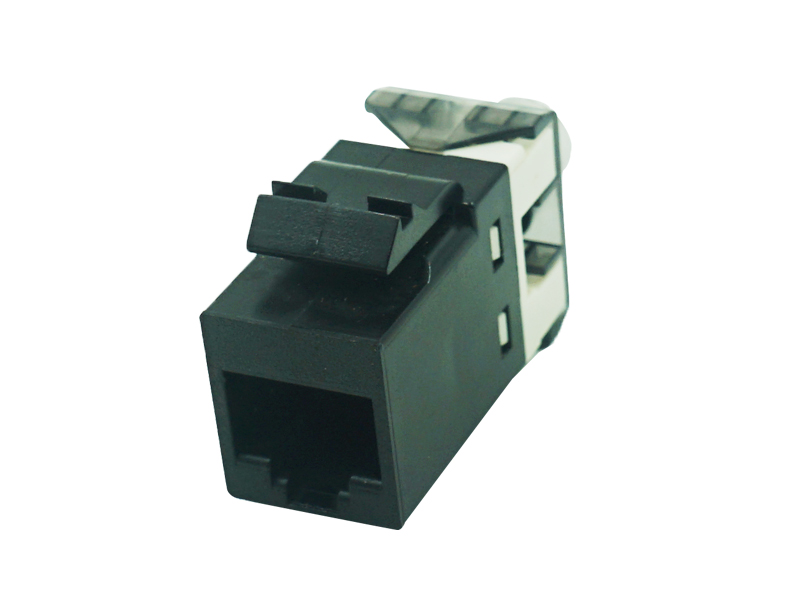
While the most common causes of failures in twisted pair cabling include installation errors, defects found in poor-quality components (cables, connectors, patch cords, etc.), damage to the installed cable, and incorrect tester set up, sometimes technicians want to know specifically WHY a link failed.
Based on which performance parameter failed testing, there are specific possible causes that a technician can consider. Let’s take a closer look.

When it comes to Wiremap testing that lets you know that you have continuity and that each conductor of a four-pair cable is connected correctly to the corresponding pin at the far end, there are five specific tests performed – Open, Short, Reversed Pair, Crossed Pair and split Pair. And each one of these has potential causes to consider.
If Wiremap testing results in an Open, the conductors may be broken at a connection point, connected to the wrong pins at the far end, or not properly punched down to make contact within the IDC tower. There’s also the possibility of a break in the cable or a damaged connector. A Short can also indicate improper termination or a damaged connector or cable, but it could indicate conductive material stuck between pins at a connection point.
Other Wiremap tests are easier to pinpoint the specific cause. In Reversed Pair, Crossed Pair, and Split Pair results, the cause is almost always conductors connected to the wrong pins at the far end. A Crossed Pair result can also be caused by mixing 568A and 568B wiring (more on that here) or the use of crossover cables.
While one might think that exceeding length limits obviously means that the cable is too long, that’s not the only potential cause. Another cause could be that the NVP is set incorrectly. NVP, which stands for nominal velocity of propagation, characterizes how fast a signal is traveling down the cable relative to the speed of light in a vacuum, and it is what allows the tester to calculate the length of the cable. Expressed as a percentage, NVP is set using the NVP specification provided by the cable manufacturer. And if it’s not set correctly for the cable under test, you might exceed length limits.
When the length reported is shorter than the known length, it could indicate a break in the cable. And if one or more pairs are significantly shorter than the others, there could be cable damage or a bad connection.
For Return Loss failures, there are several causes to consider, most of which can be attributed to poor installation practices. Patch cords could have been mishandled causing changes in impedance, cables could be kinked, or pairs untwisted. It is possible, however, that the network patch cord or cable impedance is wrong (it should be 100 ohms) or not uniform. Bad connectors or poorly matched plugs and jacks can also cause Return Loss failures. And don’t rule out testing issues – you need to make sure the correct autotest is selected and that your link adapters are working. And if you have an unexpected Return Loss PASS, remember that knots and kinks don’t always cause a failure, especially with good quality cable.
Insertion Loss, the loss of signal that happens along the length of any cable, can be a little easier to pinpoint. Since insertion loss is directly related to the length of a link, one cause could be an excessive length (failing Length testing is a pretty good indicator). Insertion loss failures can also be caused by non-twisted or poor-quality patch cables, high impedance connections, or the use of the wrong category of cable for the application being tested. And once again, you’ve got to make sure the correct autotest was selected for the cabling under test.
If your cable link fails or nearly fails near-end crosstalk testing (i.e., NEXT and PS NEXT), in addition to poor-quality components, you might be looking at an installation issue. Excessive compression caused by inappropriate bundling practices such as the use of plastic cable ties can cause near-end crosstalk, as can too much untwisting at connection points, split pairs, or the inappropriate use of couplers. But beware – using the wrong link adapter on your testing or testing near an excessive noise source could also be the problem.


